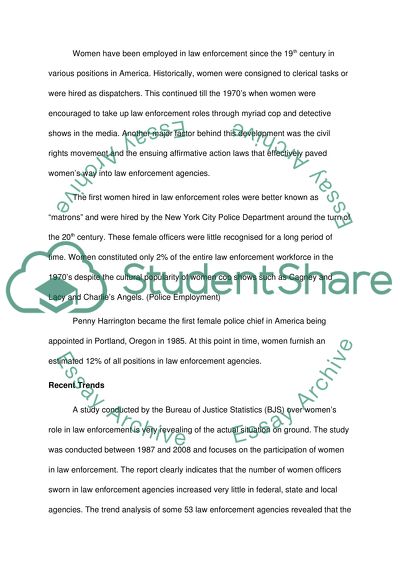Cite this document
(“Woman in Law Enforcement Term Paper Example | Topics and Well Written Essays - 1750 words”, n.d.)
Retrieved from https://studentshare.org/law/1429241-woman-in-law-enforcement
Retrieved from https://studentshare.org/law/1429241-woman-in-law-enforcement
(Woman in Law Enforcement Term Paper Example | Topics and Well Written Essays - 1750 Words)
https://studentshare.org/law/1429241-woman-in-law-enforcement.
https://studentshare.org/law/1429241-woman-in-law-enforcement.
“Woman in Law Enforcement Term Paper Example | Topics and Well Written Essays - 1750 Words”, n.d. https://studentshare.org/law/1429241-woman-in-law-enforcement.


